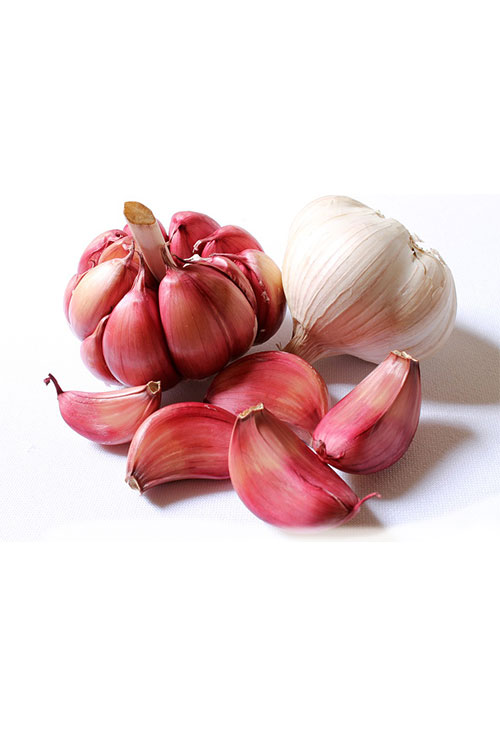Garlic
Garlic
Nigeria garlic has a high concentration of sulphur-containing compounds. Thiosulfates, which include allicin, are the main active components in garlic. It also contains: High levels of saponins, phosphorus, potassium, sulphur, and zinc. Moderate levels of selenium and vitamins A and C. Low levels of calcium, magnesium, sodium, iron, manganese, and B-complex vitamins. Garlic has an antimicrobial effect on bacteria, yeast, fungi, parasites, and viruses. Allicin and sulphur-containing compounds in garlic inhibit DNA, RNA, and protein production in microbes.
In 2021, the Nigerian garlic market increased by 8.3%, rising for the third consecutive year after two years of decline.
Garlic exports from Nigeria surged to 45,000 tons in 2021, increasing by 18% on the previous year’s figure. Overall, exports continue to indicate a prominent expansion. The most prominent rate of growth was recorded in 2015 with an increase of 218% against the previous year. The exports peaked in 2021 and are expected to retain growth in the near future.



